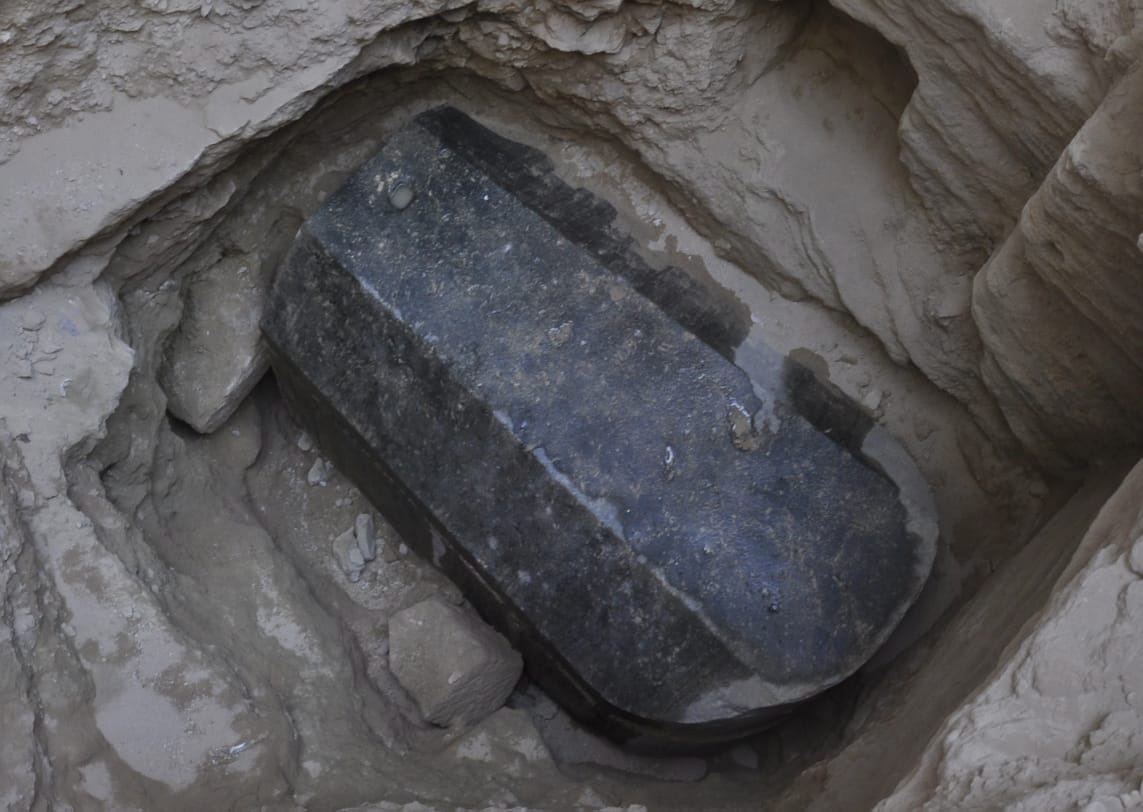
A new mystery awaits history buffs in Egypt. A team of Egyptian archeologists recently uncovered a black granite sarcophagus in Alexandria, and no one knows what is inside.
The sarcophagus, which is a tomb that is sometimes buried, was discovered July 1 during routine excavation work for the construction of a new building in Alexandria’s Sidi Gaber district, according to the Ministry of Antiquities. The team found it more than 16 feet below ground, inside a tomb they said likely dates back to the Ptolemaic period, which lasted from around 305 to 30 B.C.E.
In addition to the sarcophagus, the archeologists found an alabaster bust of a man that likely depicts the owner of the tomb. The sarcophagus itself is 6 feet tall, 8.6 feet long and more than 5 feet wide, making it the largest sarcophagus ever uncovered in Alexandria, according to Mostafa Waziri, general secretary of the Supreme Council of Antiquities.
When the team found it, they discovered a layer of mortar between the lid and the body of the sarcophagus, which suggests it has not been opened in 2,000 years.
For many years, archeologists had largely ignored Alexandria, according to Smithsonian. Even though the famous city has an important place in history, centuries of building has covered over many of the ruins and millions of people now live and work on top of what was once founded by Alexander the Great. But this new discovery is the latest in a series of finds in the last few decades, as researchers have been looking further into the city’s past.
When researchers do open the sarcophagus, it could give them a rare opportunity to examine whatever is preserved inside.
More Must-Reads From TIME
- Dua Lipa Manifested All of This
- Exclusive: Google Workers Revolt Over $1.2 Billion Contract With Israel
- Stop Looking for Your Forever Home
- The Sympathizer Counters 50 Years of Hollywood Vietnam War Narratives
- The Bliss of Seeing the Eclipse From Cleveland
- Hormonal Birth Control Doesn’t Deserve Its Bad Reputation
- The Best TV Shows to Watch on Peacock
- Want Weekly Recs on What to Watch, Read, and More? Sign Up for Worth Your Time
Write to Abigail Abrams at abigail.abrams@time.com